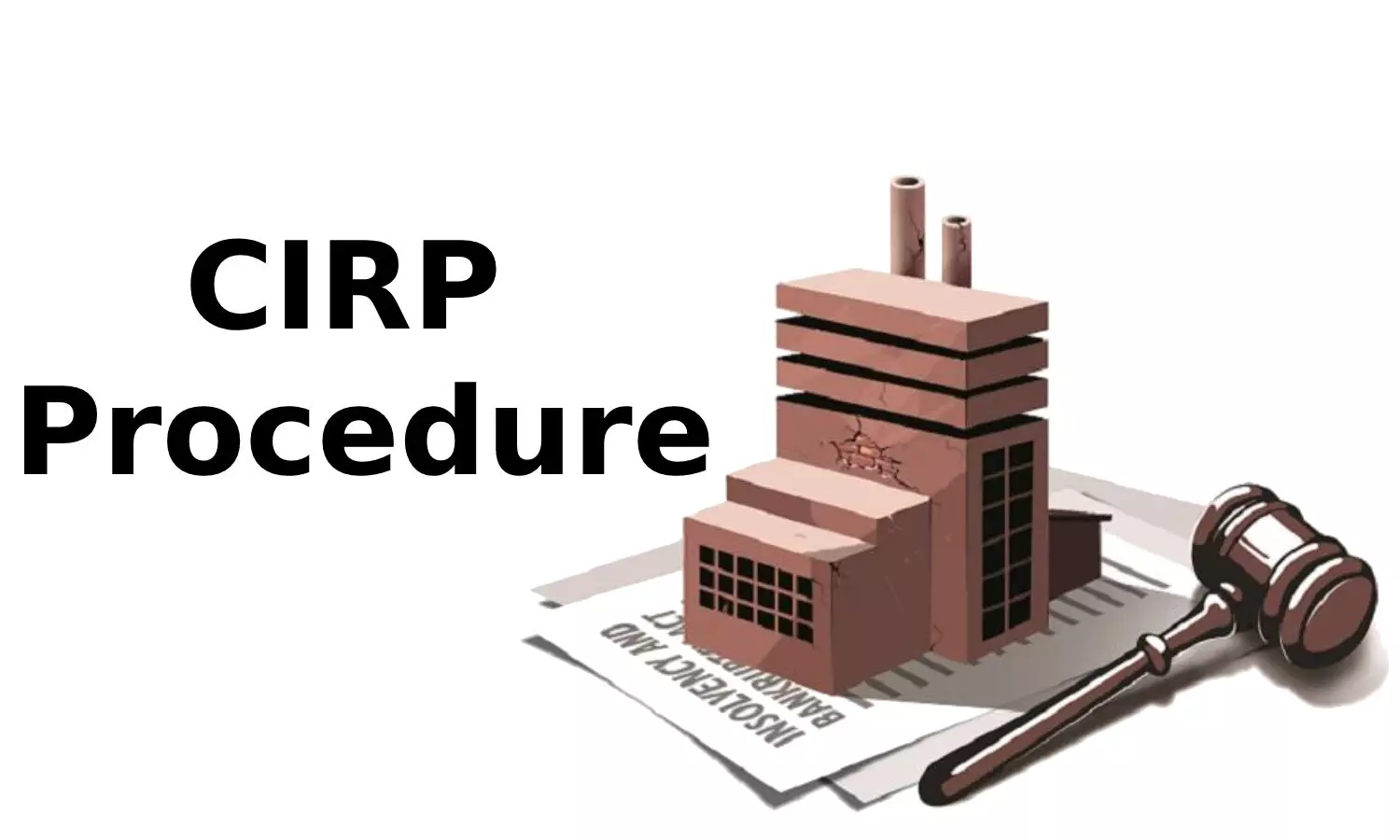Corporate Insolvency Resolution Process (CIRP)

Time Frame
– The CIRP must be completed within 180 days, extendable by an additional 90 days (total 270 days).
Benefits of CIRP
–Timely Resolution: Prevents prolonged litigation by setting strict timelines.
–Maximizing Value: Enables restructuring of viable businesses and maximizes asset value.
–Transparency: Ensures a fair and transparent process for all stakeholders.
Why Choose Our CIRP Advisory Services?
– Expert Guidance: Assistance in filing applications, drafting claims, and legal representation.
– Resolution Planning: Crafting comprehensive and compliant resolution plans.
– Liaison Services: Coordinating with IRPs, CoCs, and NCLT.
– Compliance Assurance: Ensuring adherence to IBC regulations at every step.
The Corporate Insolvency Resolution Process (CIRP) is a mechanism under the Insolvency and Bankruptcy Code (IBC), 2016 in India that aims to resolve corporate insolvency in a time-bound manner. It is initiated when a corporate debtor defaults on repayment, providing an opportunity to restructure or liquidate the entity under the supervision of the National Company Law Tribunal (NCLT).
Key Stages of CIRP
- Initiation of CIRP:
– Triggered by creditors (financial or operational) or the corporate debtor itself when default occurs.
– Application is filed with the NCLT for initiating insolvency proceedings.
- Appointment of Interim Resolution Professional (IRP):
– NCLT appoints an IRP to take charge of the corporate debtor’s affairs.
– The IRP manages operations and forms the Committee of Creditors (CoC).
- Moratorium Period
– A moratorium is declared, restricting any legal action against the corporate debtor during the resolution process.
- Committee of Creditors (CoC):
– Consists of all financial creditors of the corporate debtor.
– The CoC reviews the resolution plans and selects the best-suited plan for approval.
- Resolution Plan Submission:
– Interested parties (Resolution Applicants) submit resolution plans to revive or restructure the company.
– The plan must comply with IBC guidelines and get CoC’s approval.
- Approval by NCLT:
– The selected resolution plan is submitted to the NCLT for final approval.
– If no resolution is possible, the company may go into liquidation.
